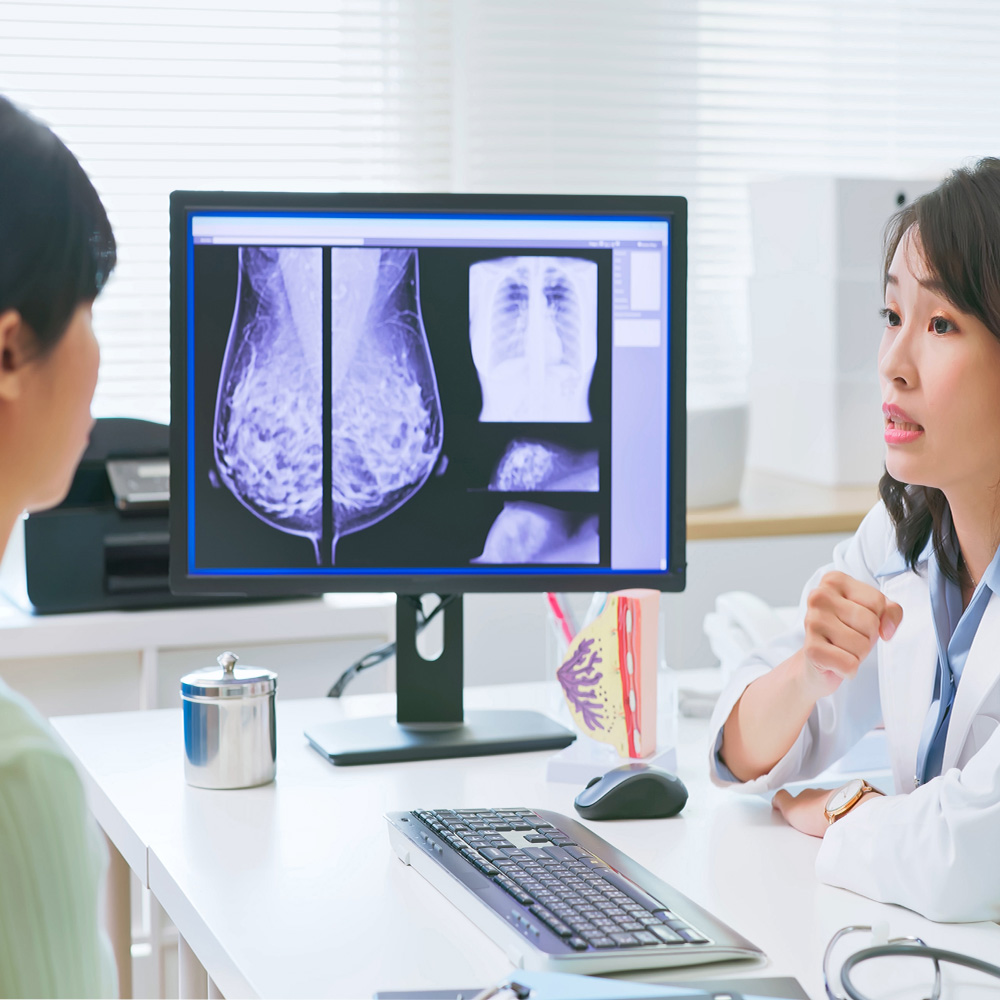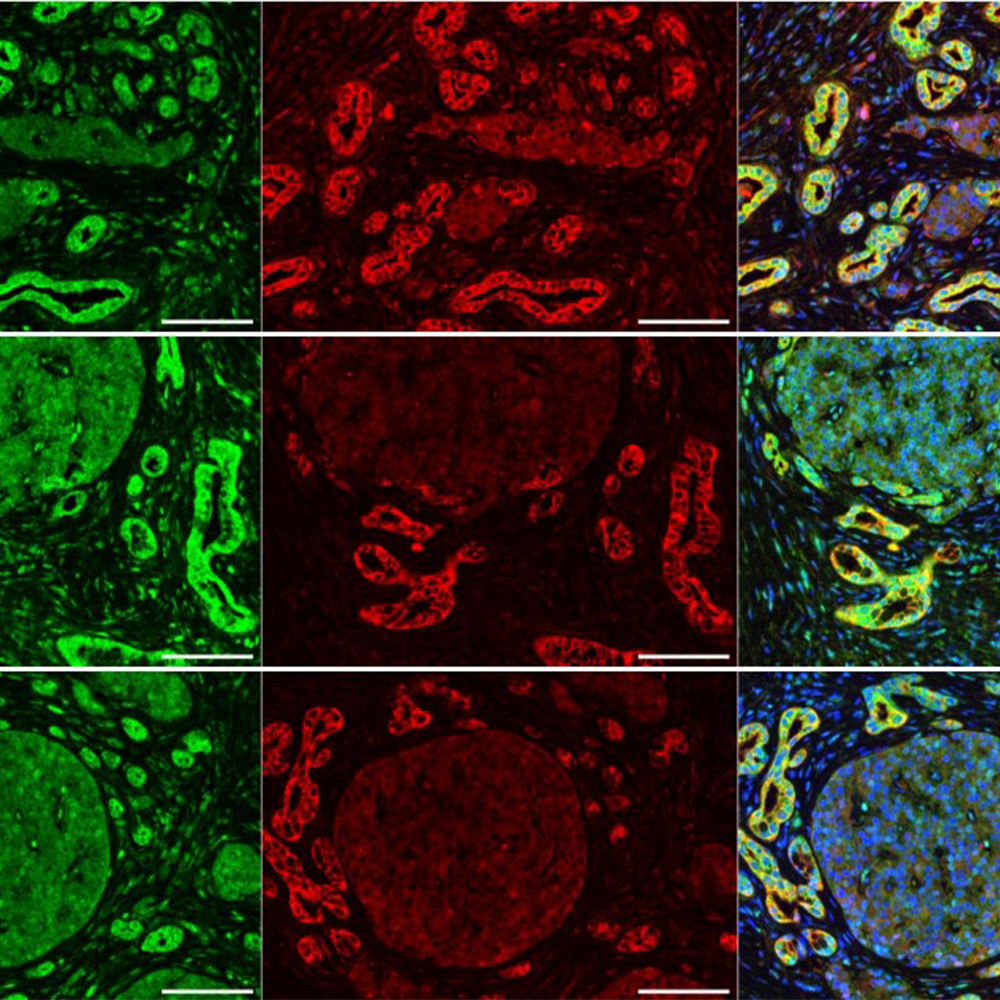Time for young men to get smart about testicular cancer

DALLAS – Nov. 19, 2018 – In November, some men grow mustaches to bring attention to men’s health issues. It’s also a good time for young men to learn about testicular cancer, the cancer that is most likely to strike them in the prime of life. Although relatively rare – about 9,000 new cases will be diagnosed this year – testicular cancer is the most commonly diagnosed cancer in men ages 15-40 years old.
“In addition to underlying genetic changes, it’s likely that post-puberty and hormonal changes play a role in the development of testicular cancer, which is why it hits young men,” says Dr. Aditya Bagrodia, Assistant Professor of Urology at UT Southwestern Medical Center and a specialist in testicular cancer.
Testicular cancer is a highly treatable disease, especially when diagnosed early and before it has spread to other parts of the body. “Embarrassment about symptoms and even confusion with sexually transmitted diseases can prevent some young men from seeking medical help when the disease is at its earliest, most curable stage,” Dr. Bagrodia says. Knowing the symptoms can prevent a delayed diagnosis.
Signs of testicular cancer are:
- Painless swelling or a mass about the size of a pea or marble in a testicle
- A feeling of heaviness in the scrotum
- A dull ache in the groin or scrotum
- Breast tenderness or growth
In only about 10 percent of cases, do patients with testicular cancer feel pain in the testicles. Once the cancer has spread to other parts of the body, patients may develop back pain, swelling in lymph nodes in the neck, difficulty breathing, chest pain, or cough.

Patients who are at high risk for testicular cancer should do a monthly self-exam. Risk factors include:
- Family history of testicular cancer
- Personal history of testicular cancer
- Undescended testicle at birth
- Infertility (though most infertility is not caused by testicular cancer)
Testicular cancer is more common among Caucasians than African-Americans or Asians, and rates of the malignancy are especially high in Scandinavian countries. The rate of testicular cancer in Hispanics is rising.
“Diagnosis at an early stage can mean the difference between a straightforward surgical cure and having to potentially undergo chemotherapy, radiation, and multiple surgeries,” Dr. Bagrodia says.
About UT Southwestern Medical Center
UT Southwestern, one of the premier academic medical centers in the nation, integrates pioneering biomedical research with exceptional clinical care and education. The institution’s faculty has received six Nobel Prizes, and includes 22 members of the National Academy of Sciences, 17 members of the National Academy of Medicine, and 15 Howard Hughes Medical Institute Investigators. The faculty of more than 2,700 is responsible for groundbreaking medical advances and is committed to translating science-driven research quickly to new clinical treatments. UT Southwestern physicians provide care in about 80 specialties to more than 105,000 hospitalized patients, nearly 370,000 emergency room cases, and oversee approximately 2.4 million outpatient visits a year.




